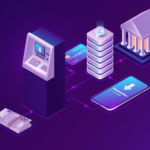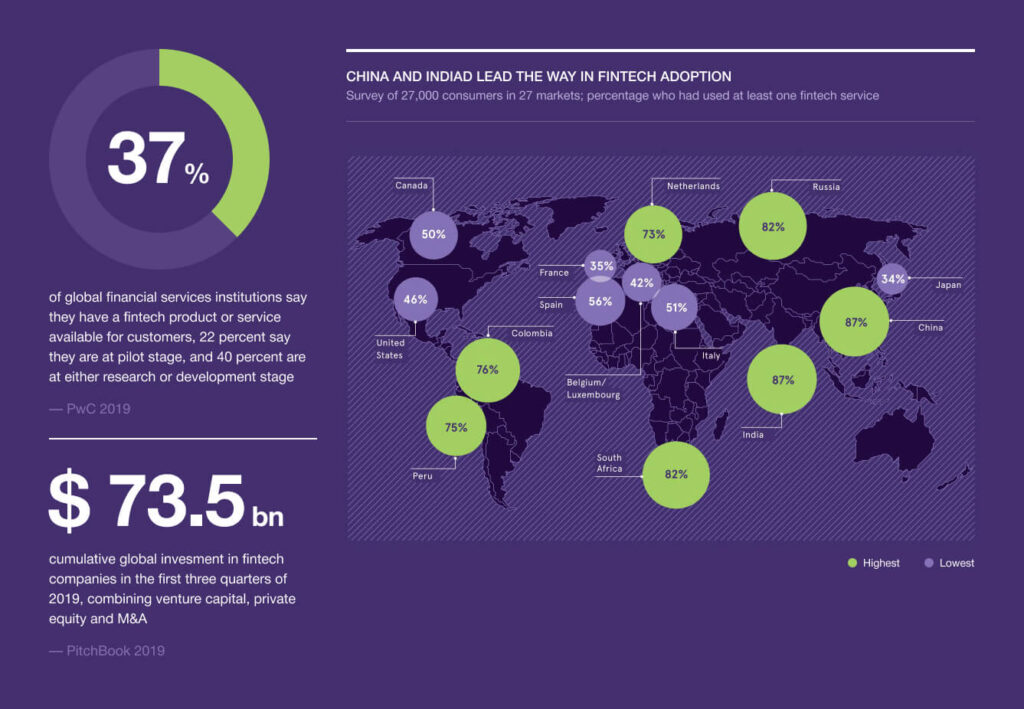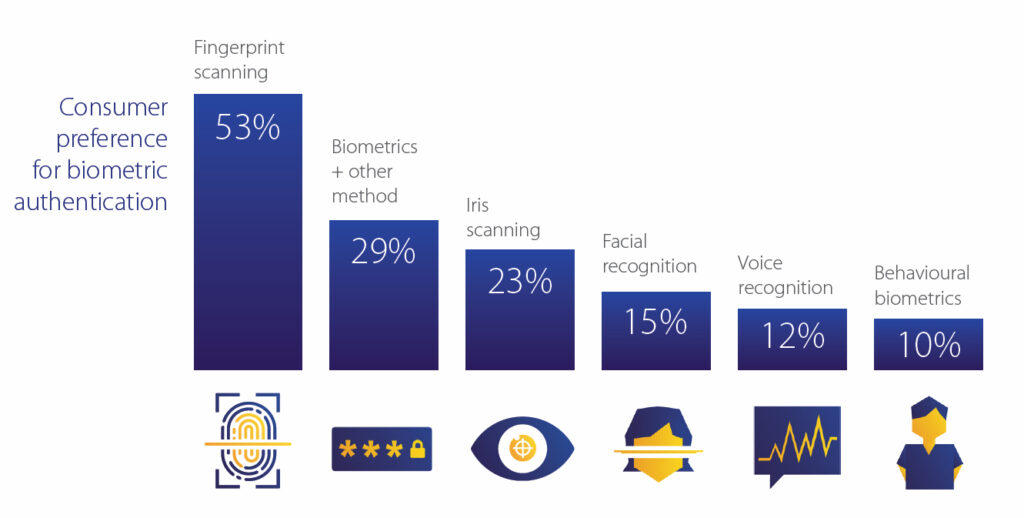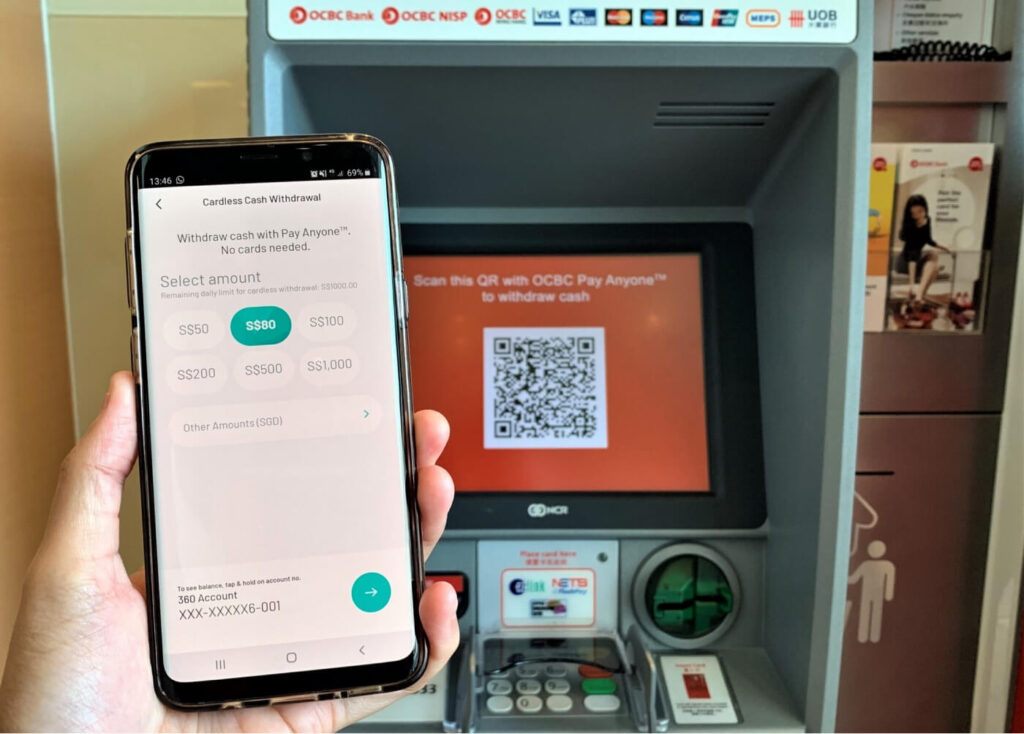Mobile Banking: the Changing Face of the FinTech Industry
Who said that financial experiences have to be painful rather than easy, fast, and delightful? Smart devices are changing the way we live, work, and interact with each other. Besides the extensive changes in the social environment, mobile technology has reshaped and continues to reshape various industries with banking one of those the most affected.
Going to a bank to wait in line to deposit cash is so last century. Even brick and mortar banks are starting to look a bit old fashioned.
The trend towards digitalization has unfolded to a significant extent through mobile, with users increasingly demanding effortless access to comprehensive financial services via their mobile phones.
Mobile banking & mobile payments are the two technologies that drive innovation in the finance field, opening up access to vital financial products and simplifying most of the banking procedures. These trending terms that encapsulate a large portion of the Fintech space are bound to lead the game and become a required function for any financial-related legal entity.
3 out of 4 users worldwide used one or more fintech services in 2019. But what does FinTech mean, and where does it live? Let’s find it out.
What is Fintech?
Financial technology, better known as fintech, refers to any technology designed to simplify the delivery of financial services and streamline processes in finance. Fintech is an umbrella term, covering a vast number of services, from online banking and insurance to lending and investment apps. What all forms of fintech have in common is facilitating financial processes and reinforcing banking experience.
Fintech has flourished into a huge multi-billion dollar industry, witnessing massive global investments. Startups dominate the sector by providing cutting-edge solutions that have set phenomenally high standards around online user experiences. More than ever, incumbent banks realize the necessity of introducing digitally-enabled services.
Mobile phones have become a priority for financial organizations seeking better ways to cater to their clients. One can hardly deny the sharp increase in smartphone usage. People now turn to smart devices for most of their shopping and banking needs. Mobile banking apps are quickly growing in popularity as a better alternative to the cost-intensive and burdensome way of making money transfers in local branches.
What does mobile banking propose?
Mobile banking is a tool for managing personal finances and performing banking tasks more effectively through an app. You can repay credit dues, check account balances, pay utility bills, deposit checks, and lots more just from your smartphone. Physical in-store interactions are no longer the status quo as people don’t need to visit land-based institutions to be served. No wonder consumers are increasingly embracing the ease of taking care of all their finances in a single place, anytime and anywhere.
Mobile banking applications are about to become the consumers’ first touchpoint for conducting bank activities and communicating with service providers. As a Business Insider 2019 study states, 89% of survey participants utilize mobile apps for personal finances, and the percentage reaches an impressive 97% when it comes to tech-savvy millennials. Older generations also reported finding advantages in mobile services. Given that younger people tend to have a greater hunger for high-tech solutions, the demand for first-class mobile banking will only grow.
According to a report by a banking technology company, FIS Global, April 2020 witnessed a 200% surge in new mobile banking registrations as the pandemic took hold. Meanwhile, mobile banking traffic in the United States rose by 85%. Although the dramatic strike is due to the coronavirus lockdown, industry representatives believe the shift to the online landscape is most likely to stick post-COVID.
Mobile becomes a crucial channel for interaction between customers and financial institutions. The largest financial brands compete heavily with each other to offer their clients the best mobile banking experience possible.
With fintech firms and tech giants, including Amazon, Apple, PayPal tapping into online banking, the rivalry for the consumer has never been heavier. Yet conventional service providers have a solid client base and a vast range of product offerings as advantages. What they need is to meet the evolving demands of clients by incorporating high-tech and developing more agile operating models.
Why is mobile banking a win-win solution?
Customers shift to mobile banking because it’s a convenient tool for everyday basic financial needs and not just that. Today’s banking app features encompass all types of financial investments, reminders about due dates, payments automation, notifications about suspicious activities in the account, and other benefits such as discounts and cashback. Thanks to analytical features, users can control and manage their expenses effortlessly. Ordering a pizza, paying grocery, or purchasing insurance plans – everything you may need just a few clicks away from you.
Mobile banking provides numerous advantages for financial related businesses as well:
- Reduced operational and transactional costs
- Improved communication with customers
- Enhanced security
- Increasing loyalty
- Better user engagement
- Another marketing channel
Security and cost-effectiveness are strong motivating factors. However, the true value of developing a mobile strategy is to retain existing customers and acquire new by providing the seamless banking experience they expect.
Mobile-first solutions are becoming the epicenter of digital banking, setting new standards of delivering financial services.
Because of the industry competitiveness, the number and the quality of software are continuously increasing. Today’s robust apps offer real-time data analytics capabilities, multiple security features, and low-barrier financial services on mobile. Incumbents have no choice but to rethink their development practices and consider adopting top-notch technologies to maintain relevance to customers and remain competitive.
An evolving landscape requires a new technology-driven mindset. So it pays to be aware of what the new possibilities fintech solutions in the mobile space can open for banks and their clients.
Mobile technologies that drive innovation
The mobile banking field is coming up with new concepts and revolutionary ideas that could transform financial services and money management in the near future.
The prominence of voice-enabled banking is hard to ignore
Voice recognition has evolved significantly enough to allow banks to offer their clients smoother ways of interaction. Last year, 9.6% of US users made at least one voice-based payment.
Ongoing excitement around voice assistance created a new trend in fintech – voice-enabled banking. Financial firms and businesses are beginning to use voice technology to enable their clients to manage their finances and conduct transactions even more effortlessly. Major market players have successfully incorporated voice recognition and made it one of their mobile offering strengths. In particular, Bank of America introduced a smart voice assistant Erica that helps with peer-to-peer transfers and bill payments. Santander allows consumers to access transaction history, report lost cards, make payments just by giving a command.
Other individual banks and payment service providers utilize voice verification techniques for authentication. No longer consumers have to create and remember long passwords. This is a real game-changer for the fintech sector.
Financial institutions that introduce a voice-first approach will win competitive advantage and attract tech-savvy users.
The remarkable surge of mobile-only banking
Mobile-only banks are alternatives to land-based institutions that are prospering unprecedentedly in global expansion and customer acquisition. The extensive use of online-only banks illustrates just how much comfort propels the modern customer. 9% of UK consumers and 14% of US consumers have an account and use a digital bank exclusively.
The benefits of signing up for a digital account is that you never need to visit the physical bank. All the financial activities you perform through an application. Aside from the range of features, the apps offer for completing transactions or bill payments, the lack of high fees is another point in their favor. As banks don’t have to spend money on physical branch maintenance and service staff, they offer cost-efficient, all-inclusive services.
Biometric authentication comes in handy
Most tech-focused banks include biometric verification on mobile as one of the authentication steps for several reasons. IBM report shows that 50% of executives consider biometrics authentication to be significantly more secure than passwords. Such a method is more privacy-friendly as no biometric data is stored in data centers or servers but on the user’s device.
Users enjoy the simplicity of the biometrics usage for mobile app access. Most smartphones already support a seamless collection of biometric data, including fingerprints, voice verification, face authentication – enhancing the comfort of mobile banking solutions. Biometric verification has a high chance of replacing standard passwords in the midterm perspective that will make the banking experience even easier and smoother. This technology also enhances the security of transactions and the protection of bank accounts that are essential in the era of mobile payments.
E-Wallets & mobile payments go mainstream
Digital wallets are the most impactful fintech services that are set to grow further and become one of the most prevalent payment methods. The rise in mobile internet connections and a heightened emphasis on both software and hardware security contributes to the expansion of mobile payment mode.
Smartphones are replacing the traditional wallets for many people, especially millennials. It’s far more comfortable and faster to make purchases in-stores and online or send money using a mobile wallet. With an app installed on your phone, you have all your cards on hand. Just a few clicks and swipes allow you to complete the transaction. Conventional organizations must include mobile pay functions in their app as this is a new normal for modern users.
Cardless ATM withdrawals
Noticing the surge of Apple Pay and Google Pay options for withdrawing money, banks realized the possibilities of cardless ATMs to enhance their client experience. This function enables getting cash from an ATM machine just by using the mobile app. No more annoying situations if you forget the card at home or it is lost. Various banks in the US have already implemented these features to ATMs. Some of them utilize near-field communication (NFC) technology, others can use app-generated QR codes. Cardless withdrawals attract consumers with speed and convenience, while also helping to minimize cards fraud.
The expansion of open banking
Open banking is the practice under which banks allow third parties to access financial information they need to develop new tools, programs, and services that are more relevant to users. Thanks to the APIs, a set of codes that allow different applications to communicate with each other, data sharing is a secure operation. With the user’s prior consent, third party developers build more personalized finance management apps on the basis of the provided information.
The pros for consumers are obvious: it’s a better view of all the finances from multiple accounts, convenient access to personal finance management tools, and a wider choice of products.
Open banking can increase revenue streams while expanding customer reach. These are the opportunities incumbents shouldn’t ignore.
These cutting-edge mobile technologies in the fintech space demonstrate that innovations are continuously unfolding. While most incumbents are struggling to automate processes and redefine their operating models, tech-led financial companies disrupt the industry, setting a new benchmark for doing banking.
Technology is moving at lightspeed, influencing consumer behaviors, and raising their expectations for banking experiences. Banks need to shift their focus from merely adapting their core services to new screen sizes to creating mobile-centered experiences, driven by native smartphone functionality.
Top priorities in mobile strategy for financial business
It’s all about the experience
As consumers are incrementally enjoying intuitive online banking solutions, the experience is the critical aspect they evaluate when selecting a bank. Customers expect comprehensive, personalized, top-notch digital experiences. Convenience and seamless onboarding are the primary reasons for opening an account with digital banks cited by consumers. Sound UX can potentially influence acquisition and retention rates, so incumbent banks have to dive into consumer insights to design first-rate mobile products for their clients.
Banking regulations & security compliance
Digitalization and technological advancements in the finance sector drive new regulations in addition to the existing ones. Since banks work closely with highly sensitive data, it’s critical to ensure that their digital solutions comply with international security regulations. Not complying with mandatory regulations lead to extensive fines, severe reputational damage, and loss of customer trust. Moreover, as the risks of fraud grow along with the popularity of mobile banking, the security should be first and foremost from the very app development process.
Integrated solutions
Integrating a mobile banking app with third-party customer-facing software and internal systems such as customer relationship management, marketing automation systems, accounting, and data management tools eliminate the need for manual intervention reducing errors and cutting costs. More than that, banks will have a 360° view of customer data that allows building more personalized offers and experiences.
How Technology Grounds can help
With so many nuances and challenges, the financial business has to cope with, defining a clear roadmap can be an overwhelming task. But the right team will support your efforts and help you become a digitally-matured financial business.
Technology Grounds keeps pace with the latest trends in fintech software development, design, and usability to help you unlock mobile-first experiences by implementing omnichannel regulatory-compliant banking solutions tailored to your specific business needs.
Automating Business Processes
We can help your organization automate manual procedures, and therefore increase your productivity and streamline operations.
Regulatory-compliant and secure products
Technology Grounds strongly focuses on maintaining regulatory compliance and data security standards when developing financial & money transfer apps, data management & accounting systems to protect your business and customers.
Contact us to learn how to reach operational excellence and evolve in the modern Fintech industry.













